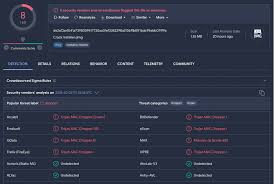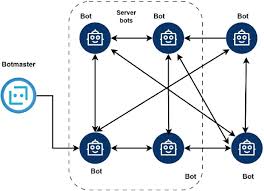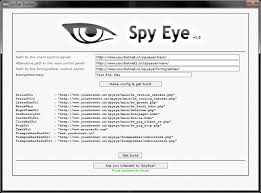
Trillium-security-multisploit-tool-v4-private-edition
In today’s evolving threat landscape, advanced exploitation frameworks have become a critical tool for both security professionals and malicious actors. One such tool, often referenced in penetration testing and cyberattack simulations, is a Trillium-security-multisploit designed to automate and streamline the exploitation of multiple vulnerabilities. These tools play a dual role—helping ethical hackers assess security defenses while also being weaponized by attackers to deliver payloads, escalate privileges, and maintain persistence in compromised systems. Understanding how such software operates is essential for developing effective defensive strategies.
Download Link 1
Download Link 2
Download Link 3
Download Link 4

What Is This Trillium-Security-Multisploit, and Its Primary Use Cases?
This software is a modular penetration testing framework that enables security researchers and attackers to exploit various vulnerabilities across different systems. It integrates multiple exploit modules, payload delivery mechanisms, and post-exploitation tools into a single interface, making it highly efficient for both red teaming and real-world cyberattacks. Typically, it is used for.
- Automated vulnerability exploitation (targeting web apps, networks, or OS-level flaws).
- Payload generation & delivery (executing malicious code post-exploitation).
- Post-exploitation activities (privilege escalation, lateral movement, data exfiltration).
- Security assessments & ethical hacking (helping defenders identify weaknesses).
Key Features of the Software
| Feature | Description |
| Multi-Exploit Support | Pre-loaded with exploits for known CVEs across Windows, Linux, and web apps. |
| Payload Customization | Generates shellcode, reverse shells, and encrypted payloads for evasion. |
| Automated Exploitation | One-click attack chains for rapid penetration testing. |
| Post-Exploitation Modules | Includes keyloggers, persistence scripts, and credential harvesters. |
| Evasion Techniques | Bypasses AV/EDR via obfuscation, encryption, and sandbox detection. |
| Network Recon | Integrates scanning tools to identify vulnerable hosts and services. |
How the Trillium-security-multisploit Works: Techniques & Functionality
1. Exploit Selection & Execution
The software operates by first scanning the target system or network to identify vulnerabilities. It then selects the appropriate exploit module from its database (e.g., leveraging a known buffer overflow in a web server or an unpatched Windows service). Once a vulnerability is confirmed, the exploit is executed to gain initial access.
2. Payload Delivery & Execution
After successful exploitation, the tool deploys a payload—a piece of code that performs malicious actions. Common payloads include:
- Reverse Shells (giving the attacker remote command execution).
- Meterpreter (Memory-Based Payloads) (stealthy, in-memory execution).
- Droppers (download additional malware from a C2 server).
The payload is often obfuscated to evade antivirus and endpoint detection systems.
3. Post-Exploitation & Persistence
Once inside the system, the tool can:
- Escalate privileges (e.g., via kernel exploits or misconfigured services).
- Move laterally (using stolen credentials or pass-the-hash attacks).
- Maintain persistence (via registry modifications, scheduled tasks, or hidden backdoors).
4. Evasion & Anti-Forensics
To avoid detection, the software employs:
- Polymorphic code (changes payload signatures dynamically).
- Sandbox detection (checks if running in a virtualized environment).
- Traffic encryption (hides C2 communications using SSL/TLS).


